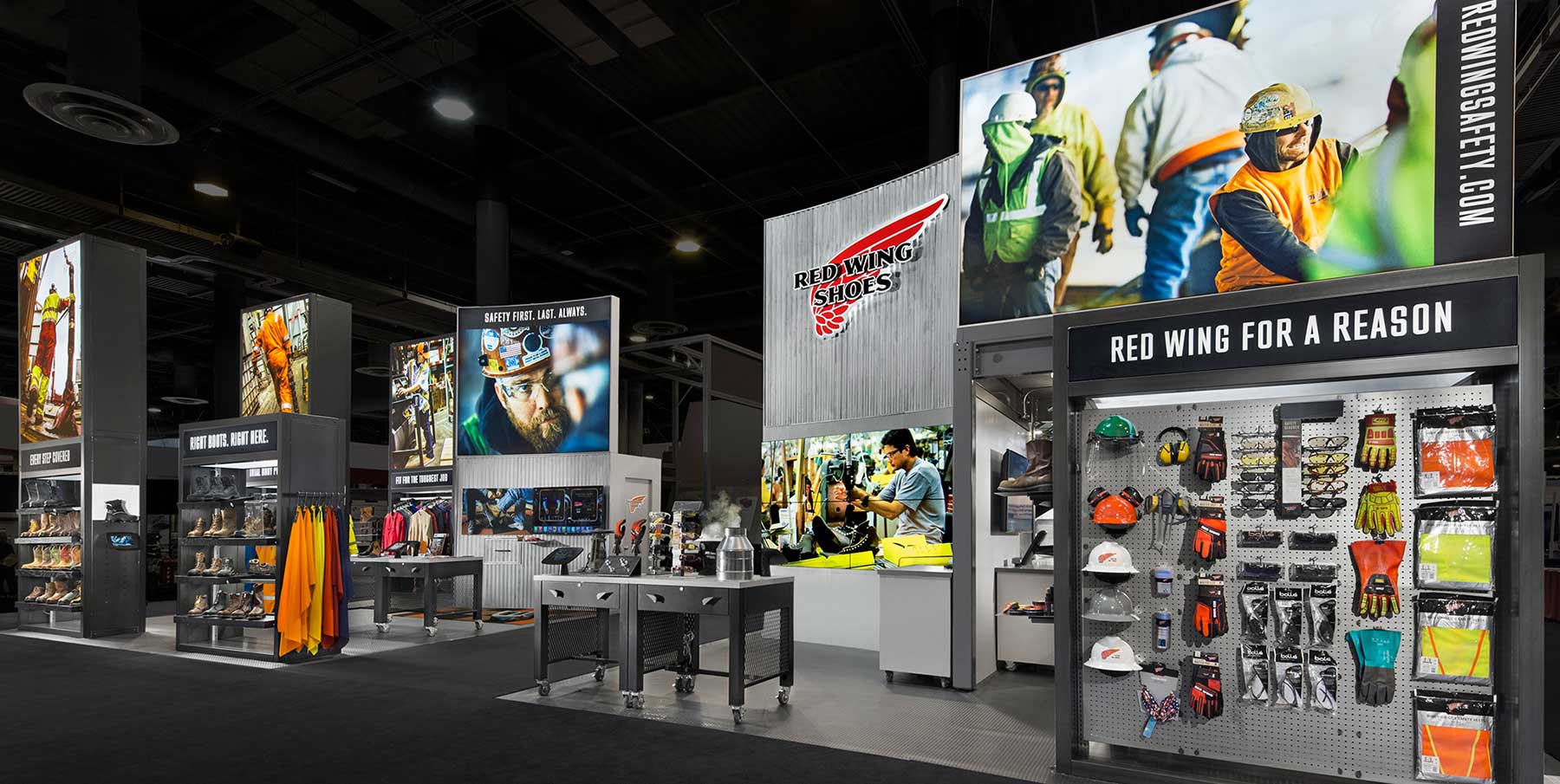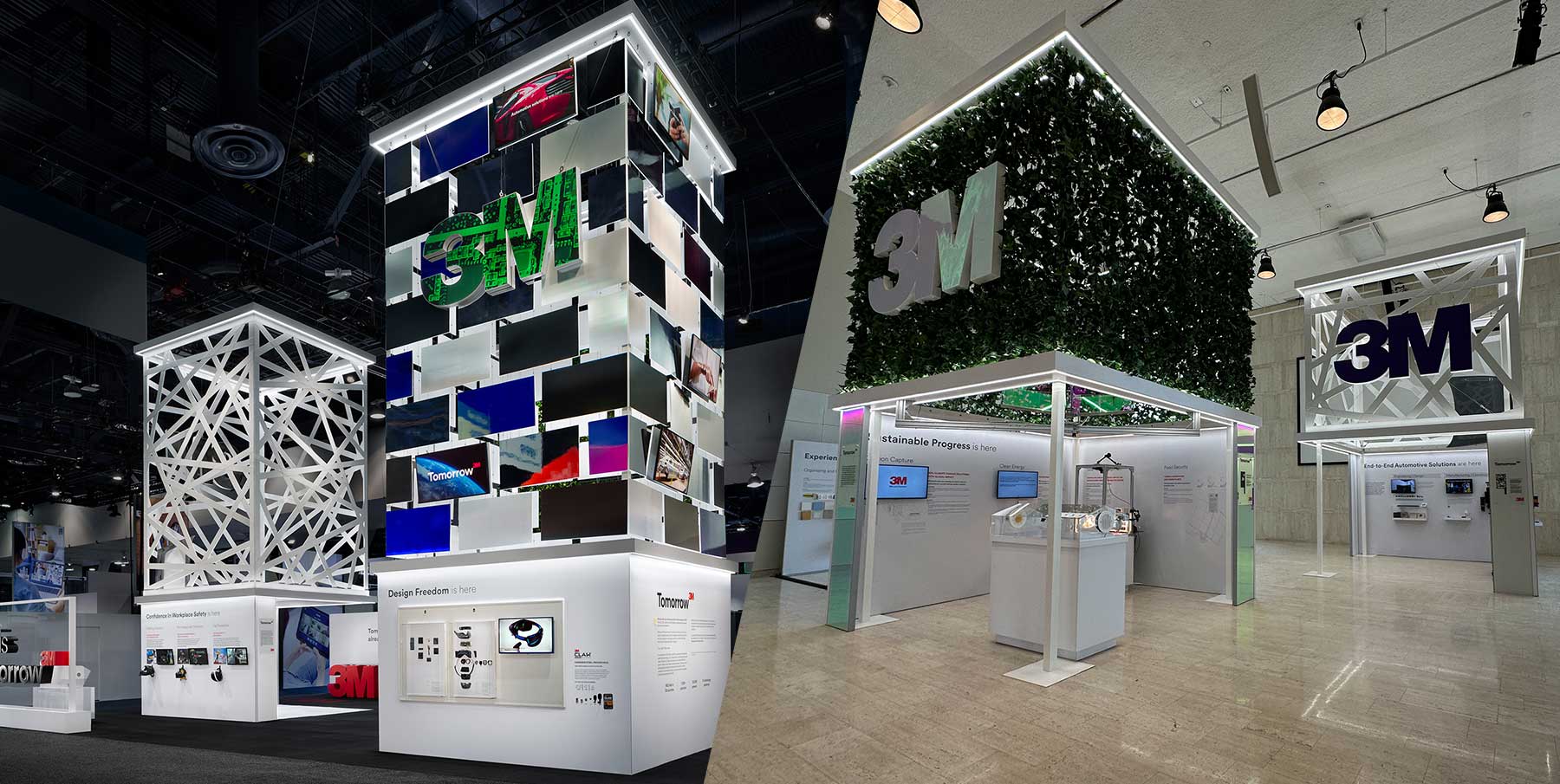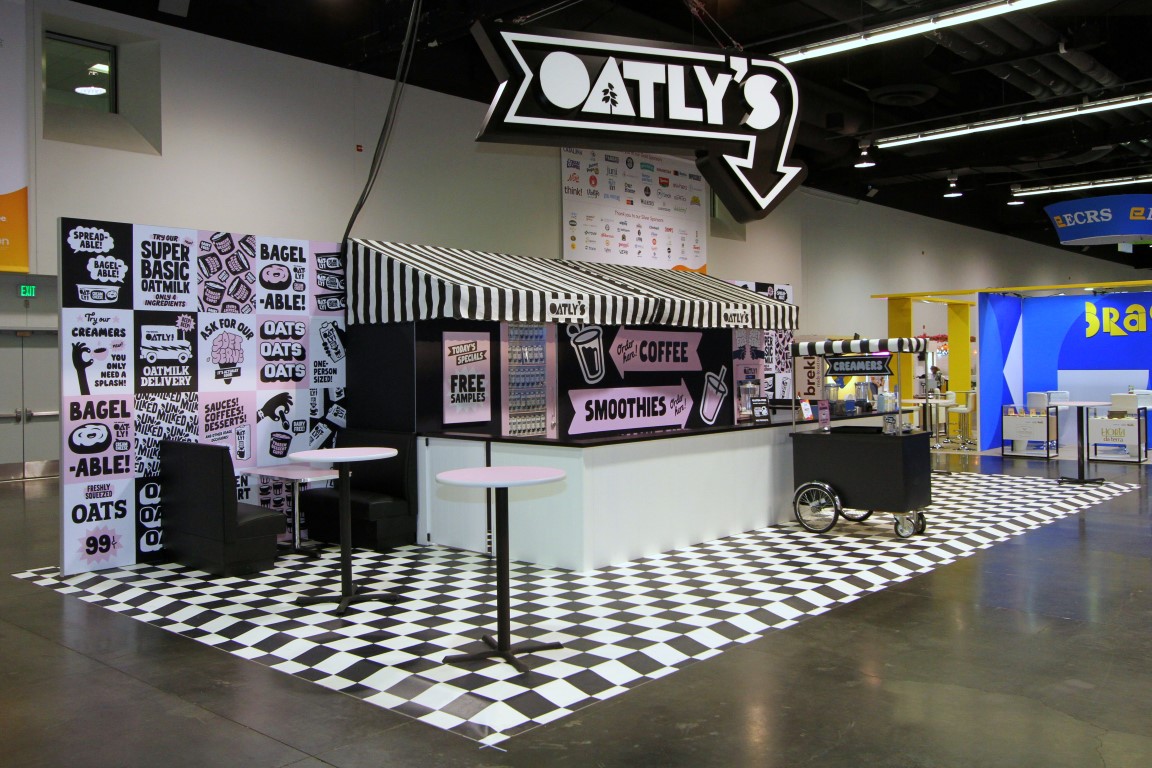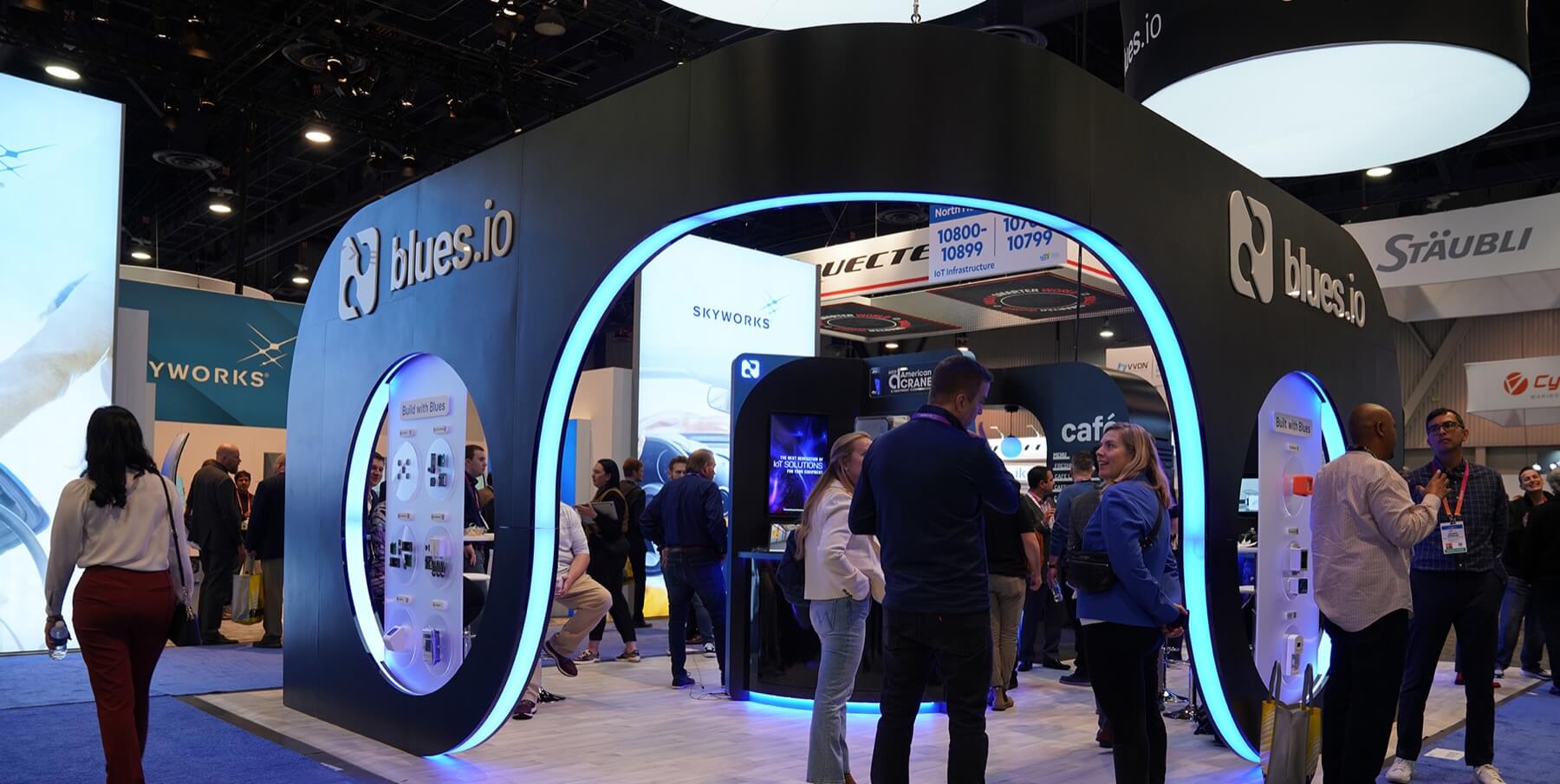Trade shows are back in full swing, and their resurgence has brought with it a renewed sense of excitement among marketers. However, with this renewed enthusiasm comes a significant challenge: how do you stand out in a crowded exhibition hall? While major brands often stand out based on their prime position and industry recognition, what’s everyone else to do? The question becomes: how can you differentiate yourself and capture prospects’ attention when dozens or even hundreds of other brands are competing for the same visibility?
For brands offering similar products within the same industry, breaking through the “sea of sameness” at trade shows is crucial. The key to setting yourself apart and forging meaningful connections with prospects and potential partners lies in the synergy between strategy and creativity. Let’s explore how these two elements can work together to create unforgettable trade show experiences.
5 Strategies to make your trade show booth stand out
1. Define clear objectives before the trade show
Many trade show exhibitors have a general goal of increasing visibility and attracting new customers. While these are important objectives, more specific goals like entering a new market or launching a product can get overlooked.
Take time up front to:
- Establish clear, specific goals
- Identify measurable success metrics
- Align your entire team on key outcomes
Consider treating each show as an individual initiative worthy of a strategic assessment. By doing so, you’ll be well-positioned to achieve visibility, generate leads, and reap other benefits that positively impact your bottom line.
2. Know your trade show audience and understand how to reach them
From both creative and strategic perspectives, understanding your target audience is crucial. Who are you trying to reach? What matters most to them? Are there any objections they might have to your message? How can you communicate with them effectively? Inform your audience using every aspect of your booth, from messaging to design.
Investing time in this process during the early stages of your project will inform every element that follows. Consider this example: A national window company wanted to launch an innovative new product at a major trade show. Their challenge? Reaching skeptical construction professionals who are typically unwilling to take risks that could delay projects or exceed budgets without solid proof that a solution works.
In response, the creative team developed a trade show demo within the exhibit design that gave interested prospects hands-on opportunities to try the product themselves. This approach was a key component of a very successful product launch, all starting with a deep understanding of the audience.
3. Craft a compelling brand story for your booth
The power of narrative can help you break the mold and forge the connection you want with prospects. Your booth should communicate how you’re different, the value you create, and the positive impact your brand is making in your industry or the world at large through the storytelling in the design.
For instance, if your brand is highly focused on sustainability, you might decide to center on that value as part of your trade show presence. Every design choice – from sourcing different elements for your setup to how you handle logistics around the show – can reflect and reinforce this narrative.
Having a clearly defined narrative can help you:
- Develop unique booth designs
- Create unforgettable experiences
- Selectively incorporate technology to deliver the information prospects want
Your brand narrative might be an overarching guideline that impacts every customer touchpoint, or it may be a specific focus for a single trade show. Either way, it provides a rubric against which you can check decisions, ensuring everything aligns – from visual designs to the interactive scripts your onsite workers use to engage prospects.
4. Maximize your trade show booth space with creative design & experimentation
Innovative use of your allocated space can help you stand out. From a practical standpoint, this might mean:
- Selecting a striking design or a minimalist aesthetic
- Incorporating the floor, eye-level space, or above-booth space in an interesting way
- Developing interactive experiences
- Creating historical or philanthropic displays
The key is to balance innovation with audience expectations, all while staying true to your brand’s core insights and values. Partnering with the right trade show manufacturers can help you achieve these goals while developing and executing a concept that truly differentiates you from the competition.
5. Leverage technology to enhance your trade show booth experience
Technology offers opportunities to gather data on your trade show performance, speed up creative design, and deliver unique experiences to prospects. For example:
- Heatmapping technology can provide real-time data on where people are engaging with your trade show booth
- AI technology can monitor sentiment to see what people like – and what they don’t
- Digital screens and AI can potentially help adjust creative elements to better meet the needs of the audience during an event
- These technologies can also be used in planning to improve future performance
As a tool, technology can help bring creative concepts to life or gather the data needed to inform strategies. As part of a broader strategic effort, the right technology can also be used to engage audiences and bring them into the experience your brand is working to create.
Strategy and creative: your secret weapon for breaking through the noise.
For many industries, trade shows are a major part of a brand’s marketing strategy. However, reaping the full benefits of trade show exhibiting starts with having a clear strategic and creative approach.
As a leading custom trade show booth manufacturer, we understand that brands often work on tight timelines that can make strategic and creative ideation seem out of reach. Working with an all-in-one services partner that incorporates strategic best practices and creative concepting as part of every project – and does so in a cost-effective and time-efficient way – may be the best approach to really standing out at your next trade show.
Ready to learn how strategy and creative synergies can help you stand out at your next show?






